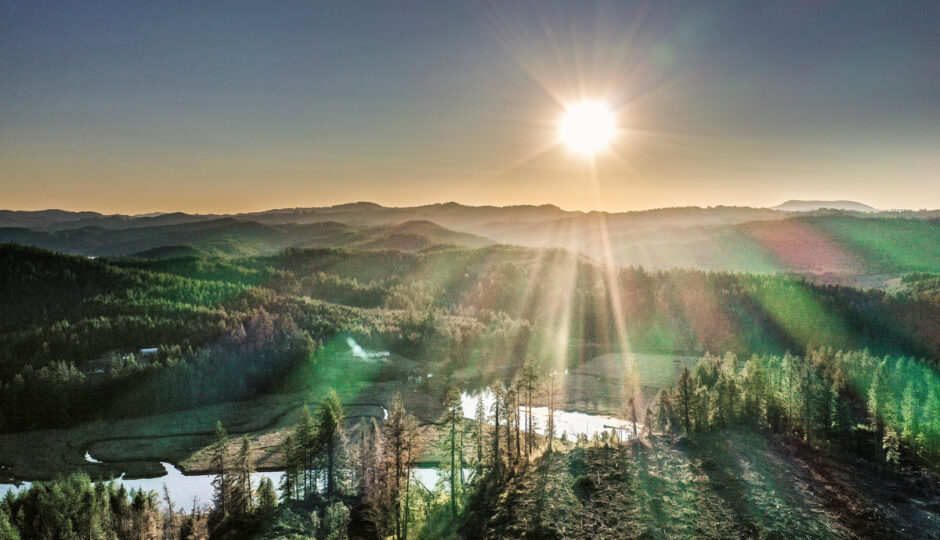
When visitors see tan or white clumps of foam riding the tides in the slough or on the bay, they often ask “Where did that come from?” They are thinking of pollution. Maybe someone was washing a car by the waterfront. Maybe a restaurant or brewery discharged waste water or a city sewage plant has overflowed as Newport’s system and those as large as New York City’s have often done. Here on the Oregon coast , however, nature creates almost all the foam with its own waste products. Very few people, entranced by the roar and spray of breaking waves, know how important to the food chain is the sea foam left behind on the beaches or blown inland. It is also important to our search for new human pharmaceuticals.


On beaches like this every year, Oregon loses a few visitors who are not aware that unpredictable “sneaker waves” much larger than the routine of the day roll in, often full of killer logs.

Especially as seawater and the wave forms drag along the ocean floor, passing over beds of kelp and other marine plants, they pick up lignins, proteins, carbohydrates, fatty acids, esters, alcohols, and lipids. This dissolved organic matter (surfactants) traps air and forms the bubbles of sea foam. In those bubbles are nutrients, including forms of sugar. Thus they become important transporters of energy and food.




